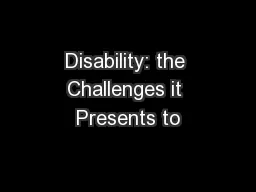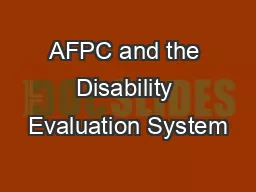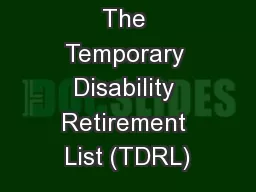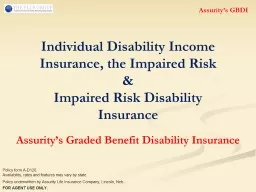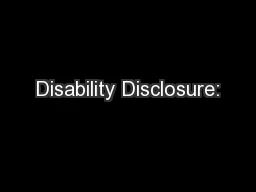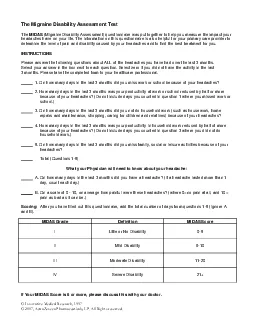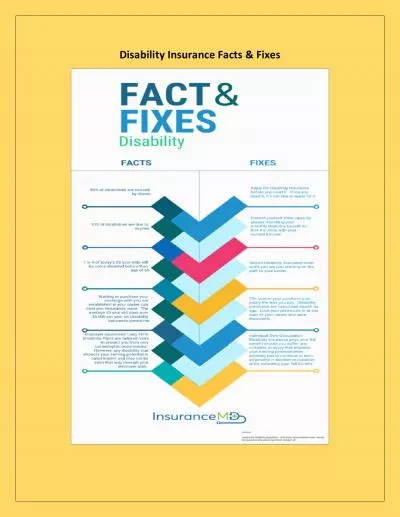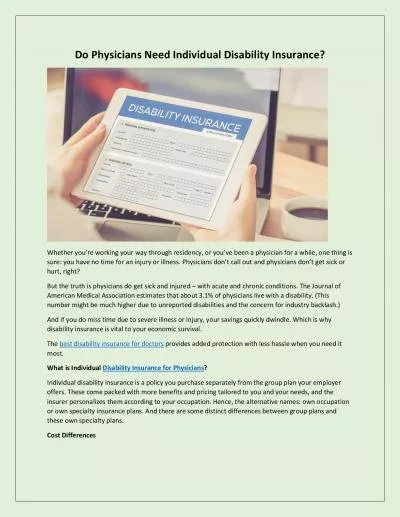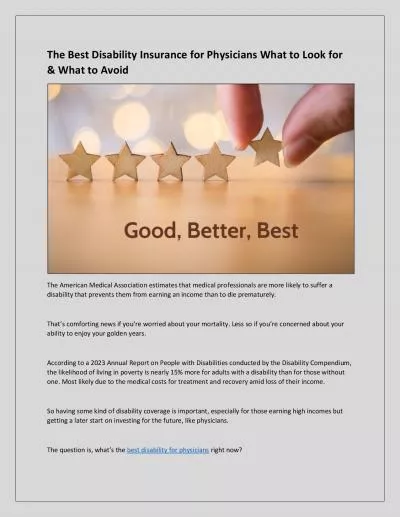PPT-Disability: the Challenges it Presents to
Author : giovanna-bartolotta | Published Date : 2018-03-23
Successful Retirement Task Force on Women and Aging August 2013 Agenda Annas learning experiences Disability benefit issues Forms of long term disability coverage
Presentation Embed Code
Download Presentation
Download Presentation The PPT/PDF document "Disability: the Challenges it Presents t..." is the property of its rightful owner. Permission is granted to download and print the materials on this website for personal, non-commercial use only, and to display it on your personal computer provided you do not modify the materials and that you retain all copyright notices contained in the materials. By downloading content from our website, you accept the terms of this agreement.
Disability: the Challenges it Presents to: Transcript
Download Rules Of Document
"Disability: the Challenges it Presents to"The content belongs to its owner. You may download and print it for personal use, without modification, and keep all copyright notices. By downloading, you agree to these terms.
Related Documents

